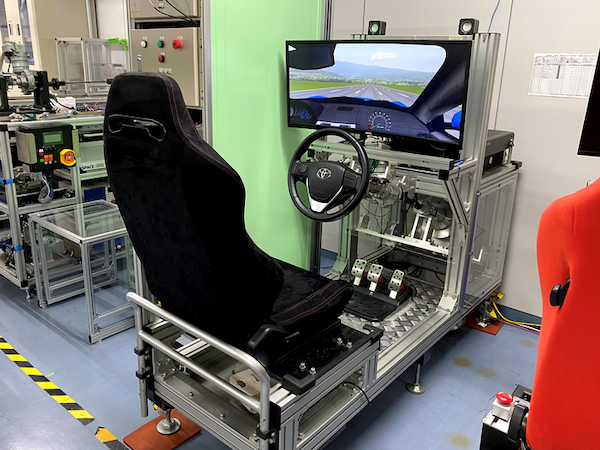
A new automated driving system aims to help human drivers keep their attention on the road so they better know when to intervene to help improve safety, a recent study noted.
Automated driving safety reports suggest that placing too much control of a vehicle in the hands of automation may do more harm than good. Human drivers stop paying attention to the road, increasing the risk of accidents.
“Current vehicles on the market are either manual or automated, and there is no clear way of making their control a truly shared experience. This is dangerous, because it tends to lead to driver over-reliance on automation,” study senior author Jürg Schiffmann, head of the Laboratory for Applied Mechanical Design in the School of Engineering at the Federal Polytechnic School of Lausanne in Switzerland, said in a statement.
In the recent study, Schiffmann and his colleagues teamed up with Japanese steering system supplier JTEKT Corporation to develop an automated driving system that can provide a number of different modes of human-robot interaction. They hope their approach will not only increase the safety of automated driving, but also social acceptance of it.
“This research was based on the idea that automation systems should adapt to human drivers, and not vice versa,” study lead author Tomohiro Nakade, a doctoral student at the Federal Polytechnic School of Lausanne and researcher at JTEKT, said in a statement.
The new system interacted with drivers in a tactile manner through the steering controls — for example, by torque applied onto the steering wheel. In addition, unlike current automated driving systems, which use only cameras for sensory input, the researchers’ approach employs sensors in a car’s steering column to monitor a driver’s level of attention.
“In automation in general, when humans are just monitoring a system but not actively involved, they lose the ability to react,” Robert Fuchs, a general manager of research and development at JTEKT Corporation, said in a statement. “That’s why we wanted to actively improve driver engagement through automation.”
The new system also encourages continuous engagement between drivers and their vehicles, as opposed to current automated systems, which are typically either switched on or off. “A vehicle must be open to negotiation with a human driver, just as a horseback rider conveys his or her intention to the horse through the reins,” Nakade said in a statement.
The new system distinguishes between four different types of human-robot interaction:
1) Cooperation — the automation supports the human in achieving a goal.
2) Coactivity — the human and the automation have different goals, but their actions impact one another.
3) Collaboration — the human and the automation assist one another in achieving different goals
4) Competition — the human and the automation activities are in opposition.
As the driver operates the vehicle, the system moves between different interaction modes depending on the evolving situation on the road. For example, the car might switch from collaboration mode to competition mode to avoid a sudden potential collision. In addition, the system recomputes the vehicle’s trajectory whenever the driver intervenes — for example, by turning the steering wheel — rather than perceiving it as an override and switching off.
In experiments with the system, the researchers used a simulated virtual driver, a human driver using a detached power steering system, a full driving simulator, and even field tests with a modified test vehicle on a JTEKT test course in Japan’s Mie prefecture, which connected the researchers’ system to a standard sedan via an external controller.
The scientists focused on drivers’ experiences of steering smoothness and lane-changing ease. Their results confirmed the system’s significant potential for increasing comfort and reducing effort for drivers through collaborative steering.
“This is a very practical concept — it’s not just research for research’s sake,” Schiffmann said in a statement. He added the software-based system can be integrated into standard mass-produced cars without any special equipment.
The researchers detailed their findings earlier this year in the journal Communications Engineering.

